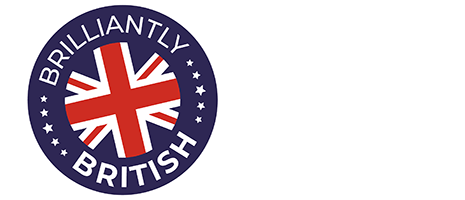

X
This site uses cookies. By continuing to use this site you agree to our use of cookies. To find out more, see our Privacy Policy and Cookie Policy.

Flags unite people from every part of the world, they create allegiances and give people a sense of belonging. There’s no better example of this than a national flag. Every country has a symbol that represents its history, values or beliefs, but what exactly do they stand for? We take a look at ten famous flags from countries across the world and explore their meanings.
The Maple Leaf had already began to serve as a Canadian symbol as early as the 1700s and later became adopted as their national emblem. The two colours on the flag have different connotations. Red is a symbol of Canadian sacrifice during world wars and white is a symbol of peace and tranquility.
The colours chosen to represent the new democracy in the South African flag symbolise different meanings taken from the Boer Republics and African National Congress flags:
Red – blood shed and sacrifices made in the struggle for independence
Green – fertility of South African land
White – peace and harmony between natives and Europeans
Yellow – the mineral and other natural wealth of South Africa
Black – represents the natives
Blue – blue sky and endless opportunities for South Africans
The Y shape in the flag stands for the convergence of diverse elements within South African society, linking to the whole unity symbolism.
The two main colours used in the Argentinian flag are blue and white. Sky blue symbolises clear skies and better future and white represents the snow of the Andes, purity and peace. In 1818, the yellow ‘Sun of May’ was added to the the flag which denotes the dawn of a new era.
After gaining independence from Denmark in 1944, Iceland continued to use the Christian symbol, the cross, on it’s flag, but incorporated a tone of blue. The red in the flag symbolises Iceland’s volcanic fires, the white represents the snow and ice fields and the final colour, blue signifies the surrounding ocean of Iceland.
The flag of Cuba is made up of three colours, red, blue and white, each with their own meaning.
Three blue bands – These represent the three military districts of colonial Cuba which are central, occidental and oriental
Two white bands – These stand for purity of the patriotic cause
Red – This colour symbolises the blood shed in the struggle for independence
White star – The star is named La Estrella Solitaria (the Lone Star) and it represents independence and freedom
Triangle – This stands for equality and strength
The Jamaican flag consists of a gold saltire, dividing the cross into four sections, two green and two black. The black symbolises the strength and creativity of Jamaican people. The gold stands for natural wealth and beauty of sunlight and the green represents hope and agricultural resources.
The Union Jack in the corner of the Australian flag acknowledges the history of British settlement and below that sits the white Commonwealth or Federation star. The five stars to the right represent the Southern Cross which reflect Australia’s geographic position in the Southern Hemisphere and the seven pointed star, represents the federation of six states and an additional point to represent the territories.
The flag of China, which is commonly referred to as the ‘five star red flag’, is red with a large yellow five pointed star, and four smaller yellow stars surrounding it.
The red background symbolises communist revolution, happiness and good luck but is also the traditional colour in Chinese culture. The large yellow star represents the Communist Party Leadership and the four smaller stars signify the four classes of society, the working class, the peasantry, the urban petty bourgeoisie, and the national bourgeoisie.
The 50 white stars famously represent the current 50 states of America and the 13 horizontal red stripes mark the 13 original states. White signifies purity and innocence, red stands for courage and bravery and blue represents vigilance, perseverance and justice/ The American flag is flown 24 hours a day in a variety of different places including The White House and Washington Monument.
Widely referred to as the Union Jack, the British national emblem is made up of three different flags: St George’s Cross of England, St. Andrew’s Cross of Scotland and the St. Patrick’s Cross of Ireland. Red represents bravery, strength and courage, white marks peace and honesty and blue symbolises truth, loyalty and justice.
The Union flag is flown at half-mast on the day of the funeral of a member of the Royal Family or Prime Minister.
Harrison Flagpoles have been manufacturing high quality flags for over 40 years. We’re passionate about surpassing our clients expectations, so if you need a flag of the world, then view our products online or call our friendly team on 01325 390 195 or email enquiries@weareharrisons.com to place an order.
Jack Wilson Commented:
20/01/2019 @ 1:56
The Union Jack is Bad!!!!!!!!!!